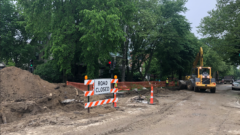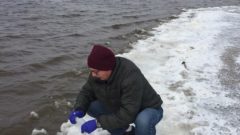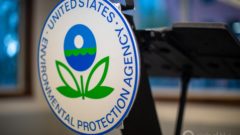Great Lakes EPA office reaffirms 2030 cleanup goal for Detroit River, other contaminated sites

The EPA’s Chris Korleski gets excited when speaking about cleaning up the Great Lakes region’s decades-old, contaminated sediment sites like the Detroit River.
He talks about the “tremendous effort” that’s been rekindled in the past two years under the Biden administration. And how “motivated” the people who work to advance the cleanup are and the value of the partnerships that facilitate restoration.
Great Lakes Now
https://www.greatlakesnow.org/2023/09/great-lakes-epa-office-reaffirms-2030-cleanup-goal-for-detroit-river-other-contaminated-sites/







































